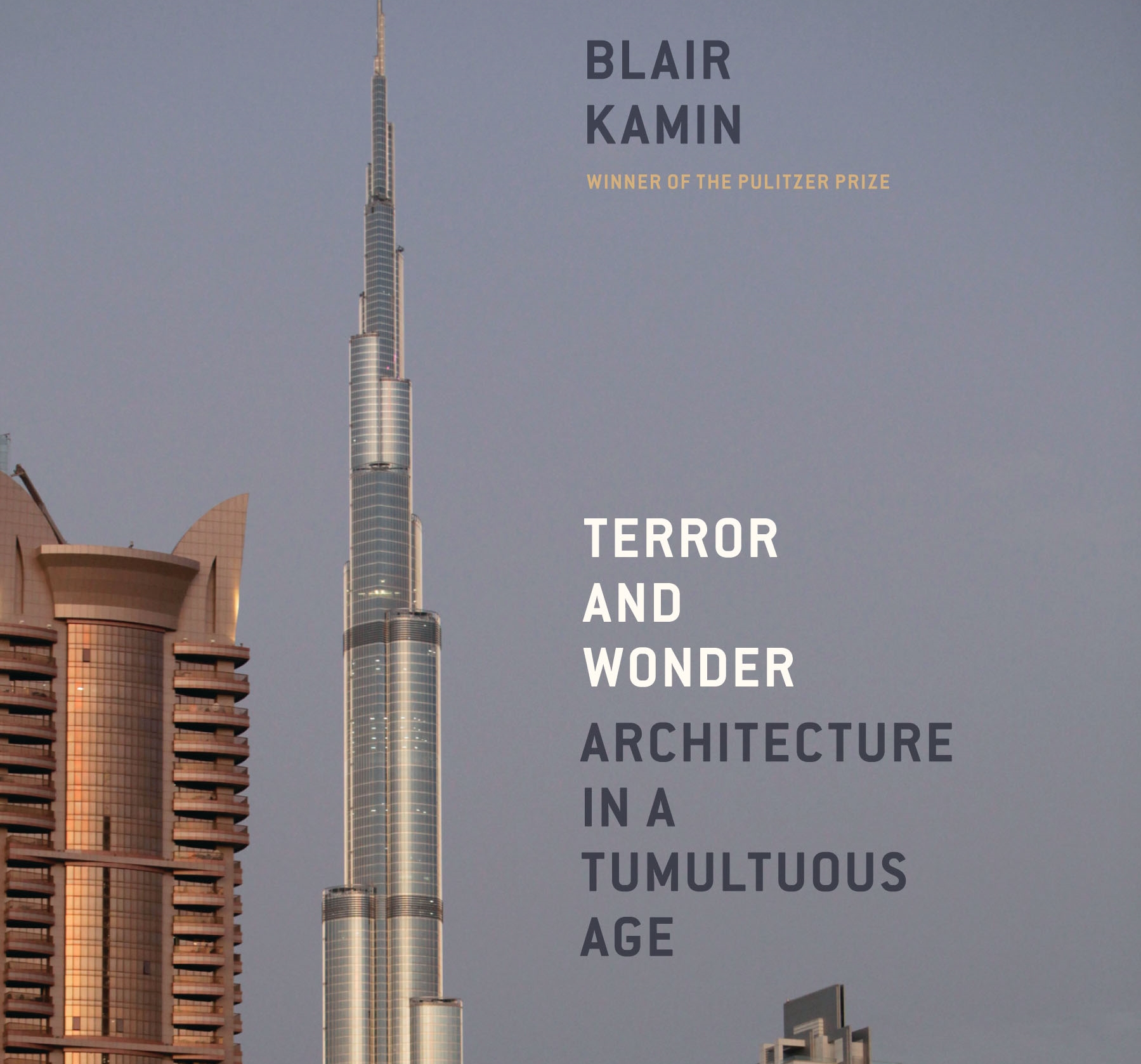The irony of living in a post-9/11 America is that non-architects are now designing our built environment, according to The Chicago Tribune’s architecture critic, Blair Kamin.
At One World Trade Center, New York City police are pushing David Childs of Skidmore Owings & Merrrill to assure that the base of his building is bombproof, creating a safe, if dull-as-dishwater, fortress at eye level.
At airports around the country, the Transportation Security Administration now lays down design directives to move people securely through maze-like new and existing structures.
And in Washington, the Secret Service now decides where standoffs will be placed around the White House – a place once known solemnly as the People’s House, but now little more than an isolated island stranded in a chilly city increasingly populated by other off-limits icons.
“Architects can run into the most trouble from forces outside design, like developers, the police and the Secret Service,” Kamin says. “Now there are other values that trump the value of a livable city. People who don’t share those values are being shoved aside by developers like Larry Silverstein.”
The nation, caught up a decade ago in the throes of a humongous buiilding boom, is now headed In a new direction. “The age of the ‘Wow!’ building is over,” he says. “Clients don’t have the money, and if they do, they don’t want to look flashy in an era of 10 percent unemployment.”
The result is similar to that of the 1930s, he suggested, where the sleek and sober style of Rockefeller Center replaced the jazziness of the Chrysler Building.
But still, the past decade certainly produced its share of symbols of hope and inspiration for those alive at the dawn of the 21st century. Kamin counts among them Chicago’s Millennium Park and Frank Gehry’s Disney Hall in Los Angeles.
Millennium Park symbolizes the restoration of confidence in the public realm after the terrorist attacks of 9/11. “The irony lies in its twin glass-block towers,” he says. “It’s incredibly powerful to contrast the death and fire and hell of 9/11 with its life and design, where a scrim of water gives the impression of walking on top of the Crown Fountain’s reflecting pool.”
The victory of Gehry’s Disney Hall lies not in its exterior, but in its message inside. “It’s the concert hall itself,” Kamin says. “It’s very democratic. There are no boxes, no proscenium and no chandeliers. “It sends a message that we’re all in the same boat.”
And for those alive in this, the most tumultuous of ages, that’s a message and an architecture that resonates and reassures soundly.
For more, go here.
[slideshow id=231]


